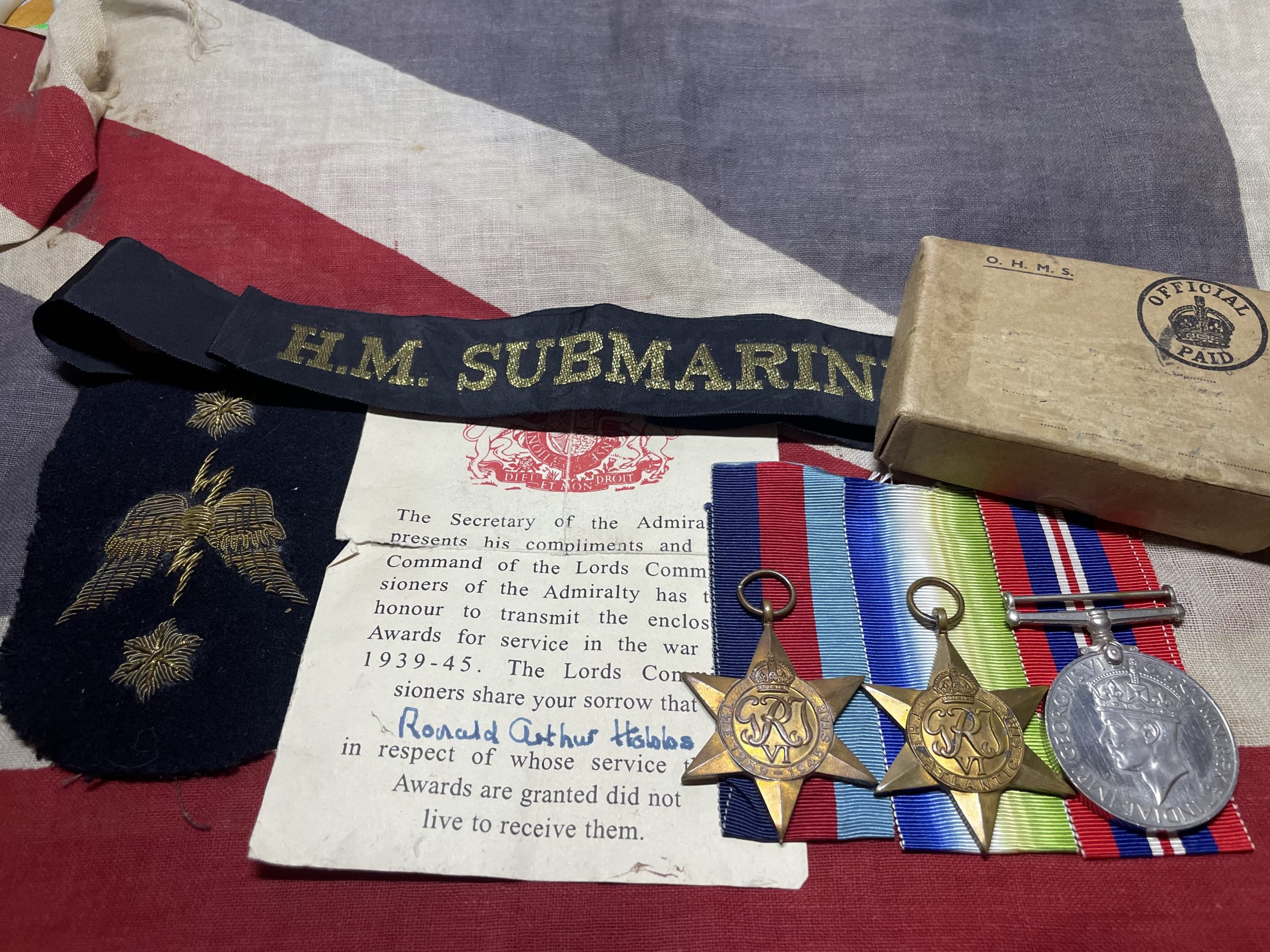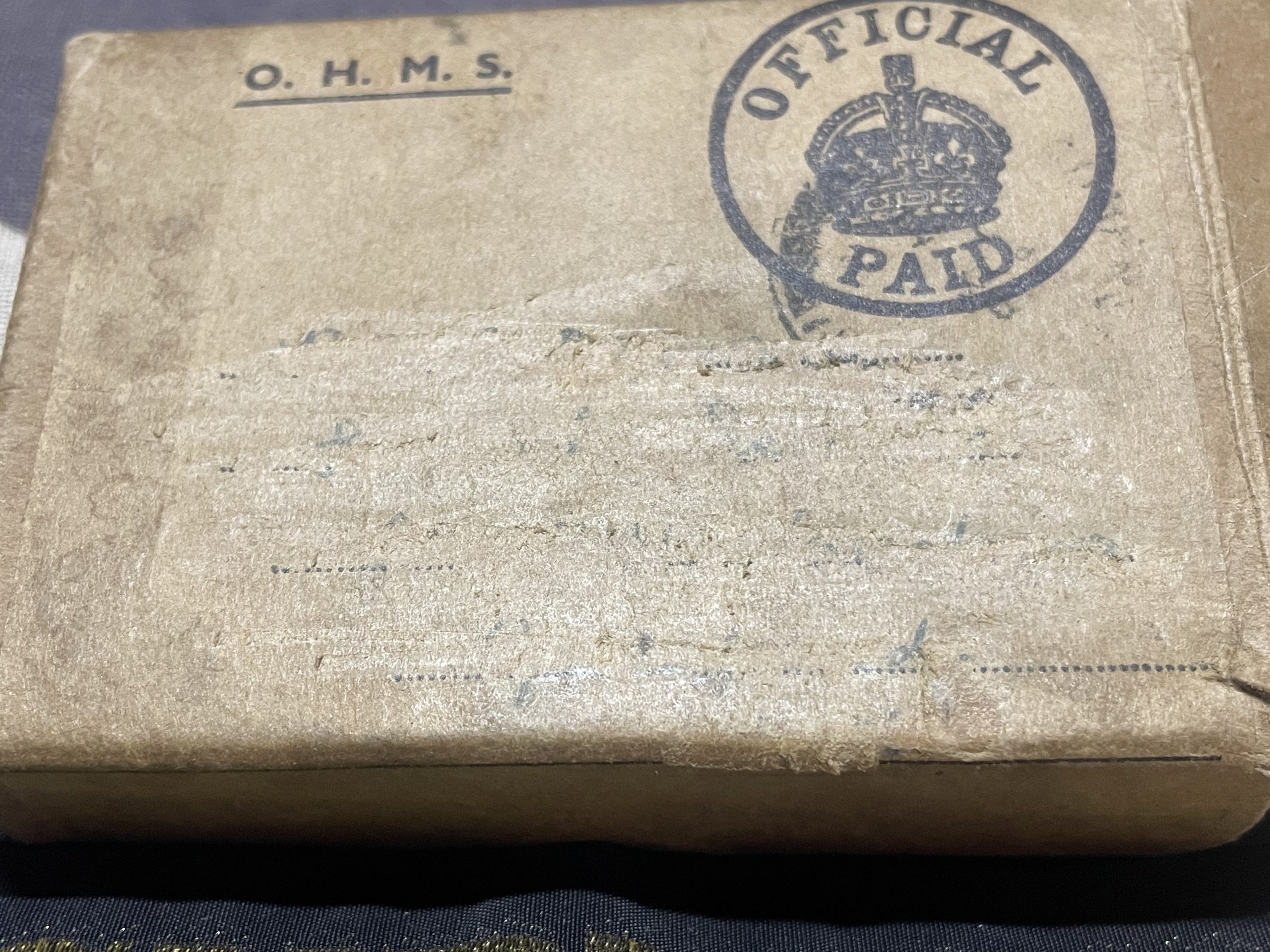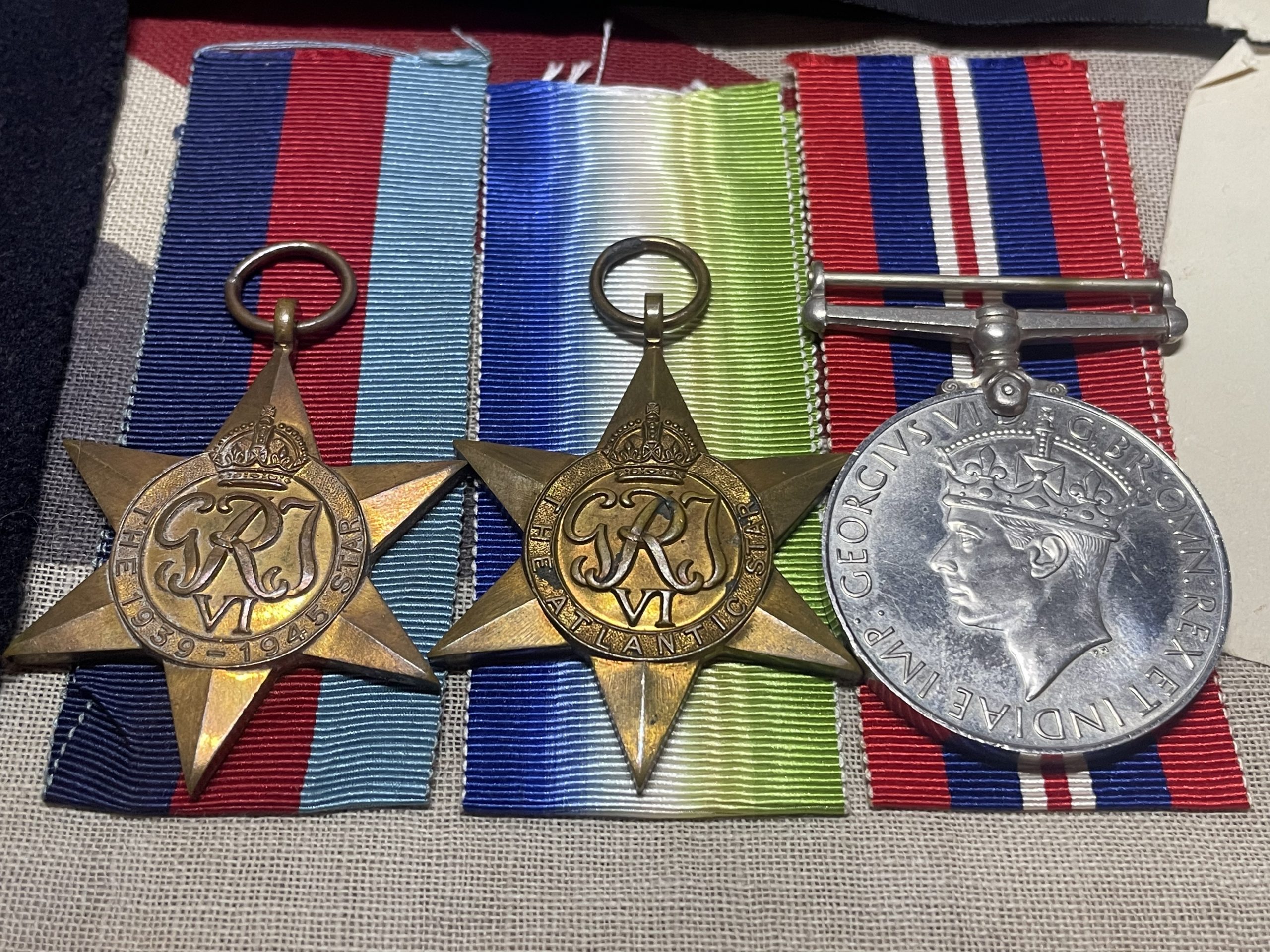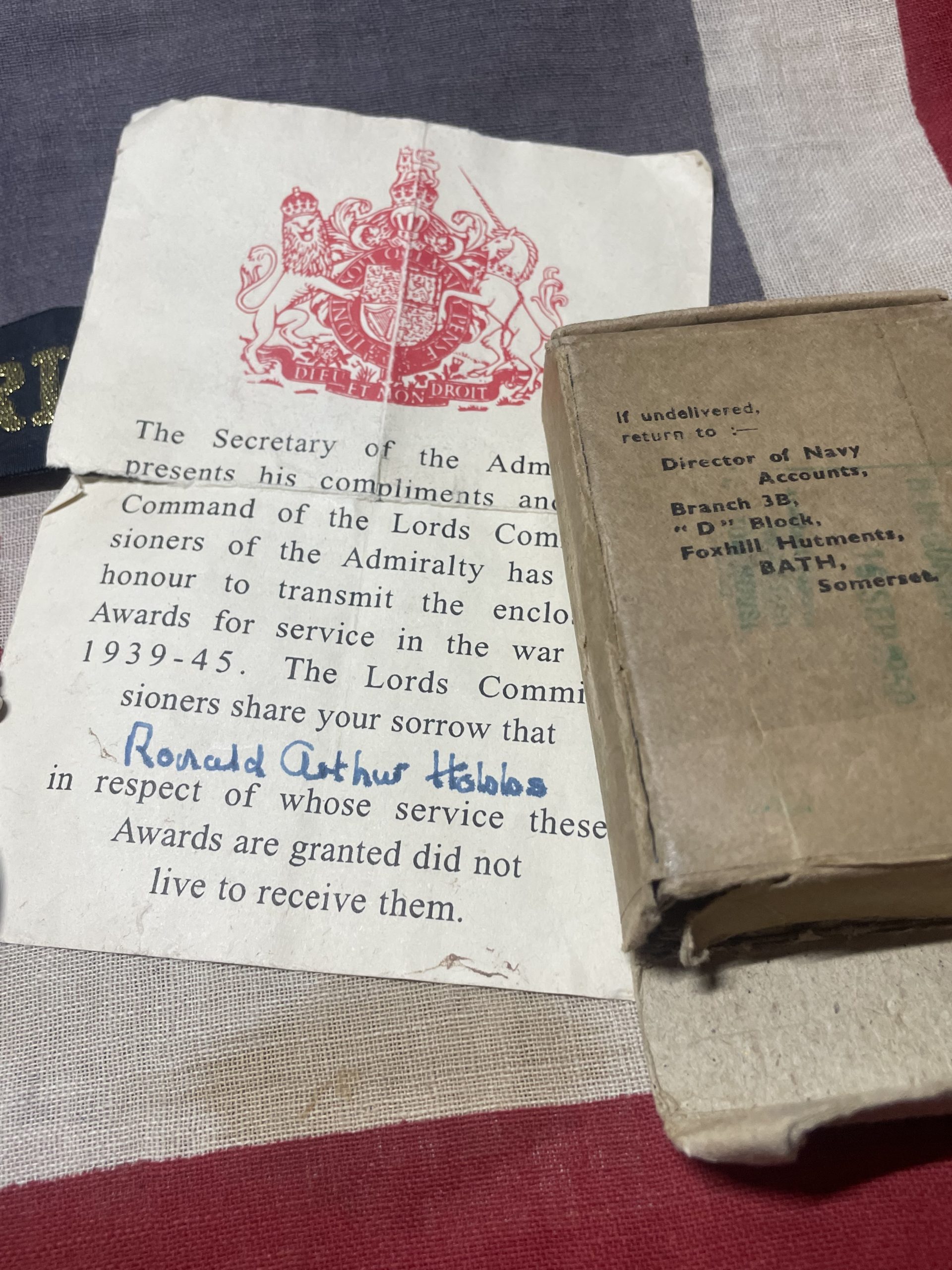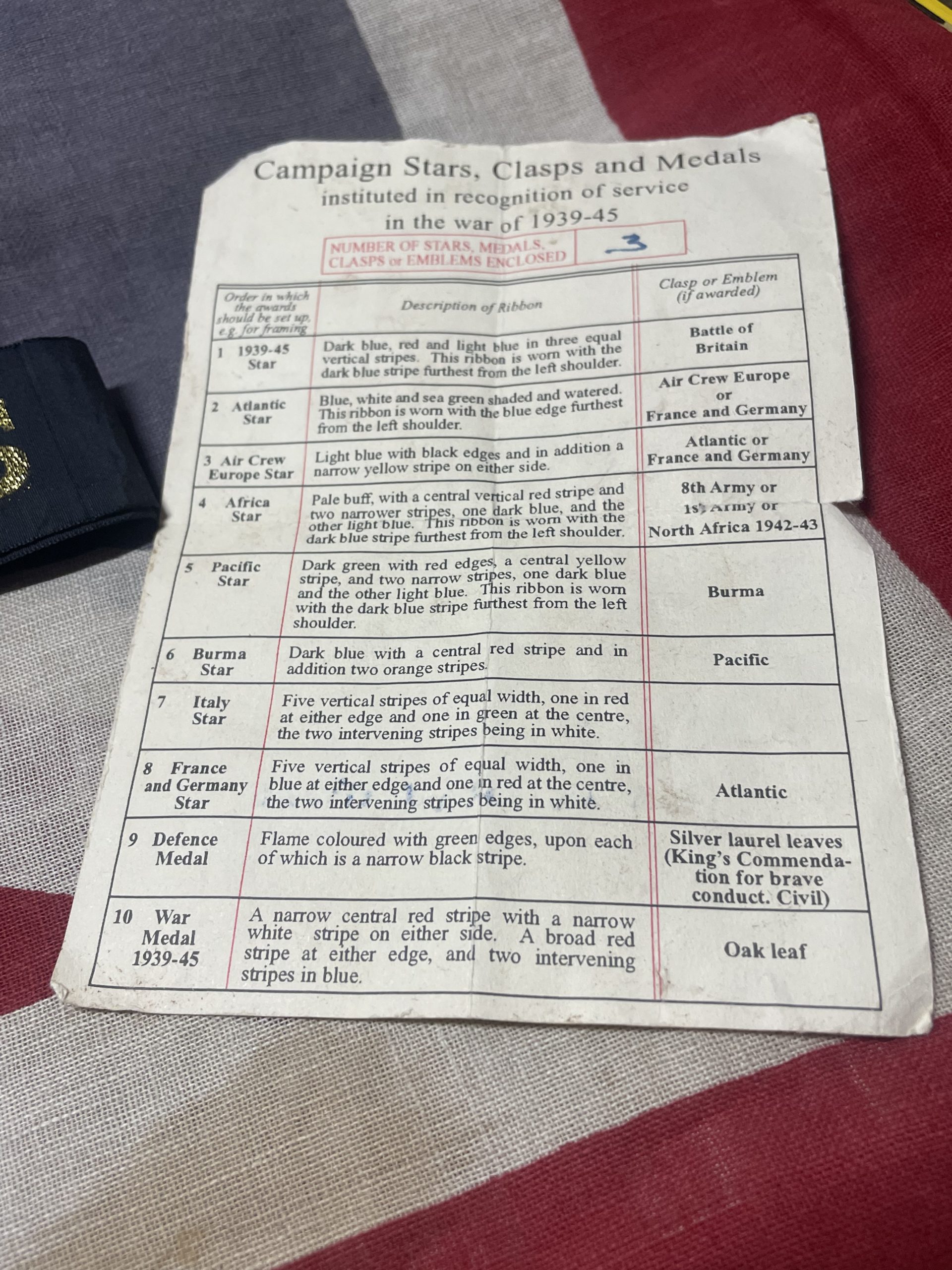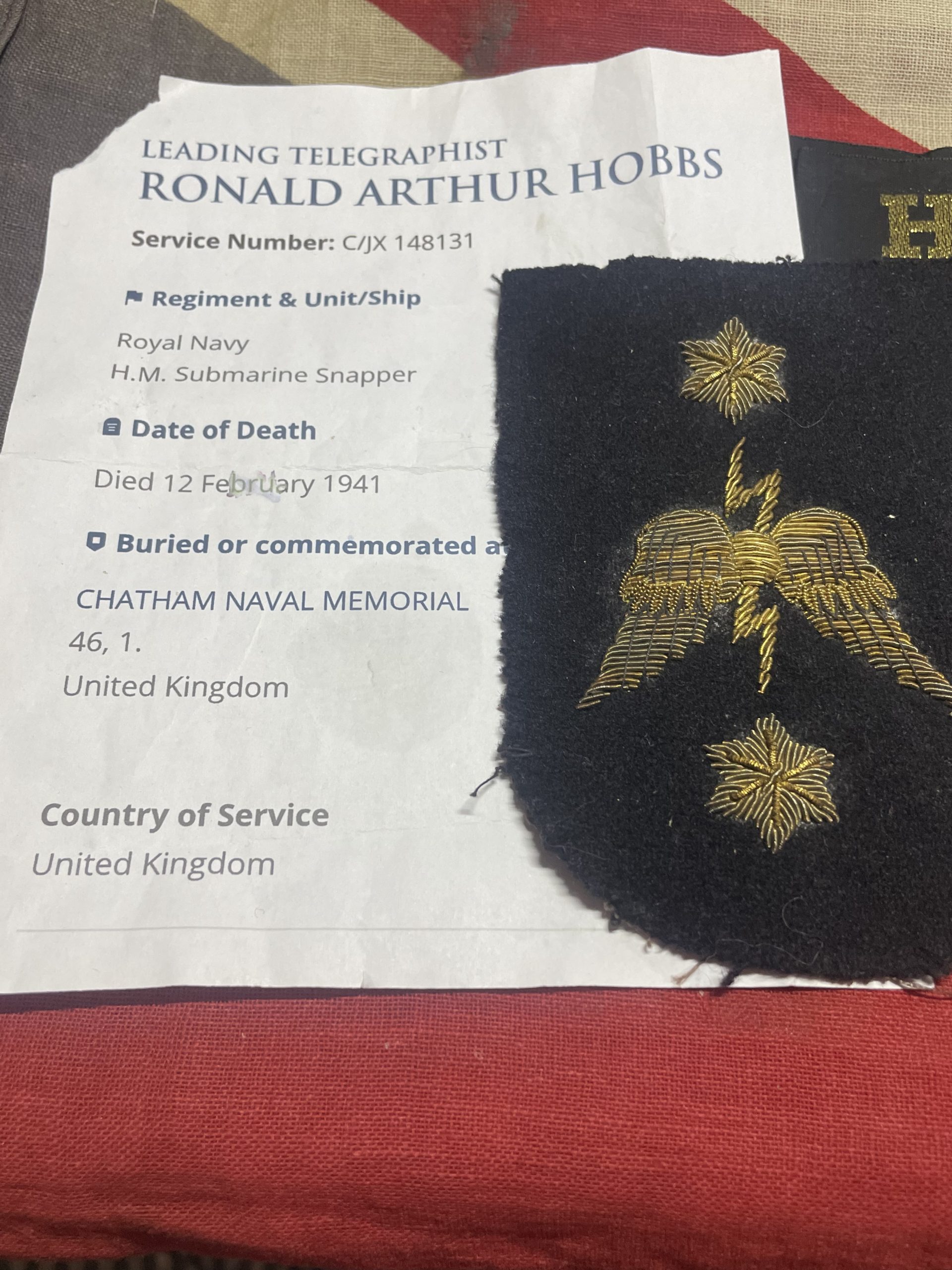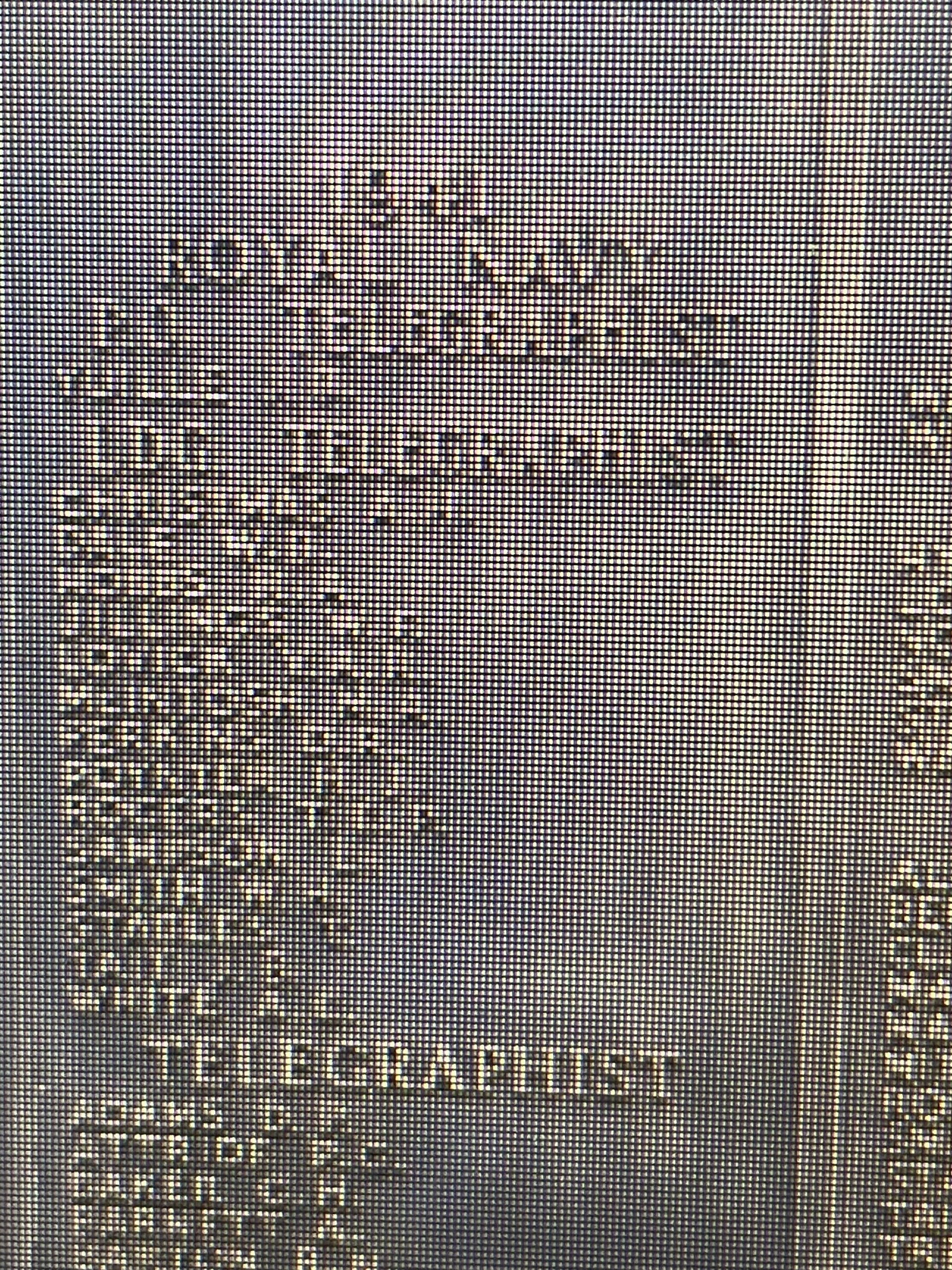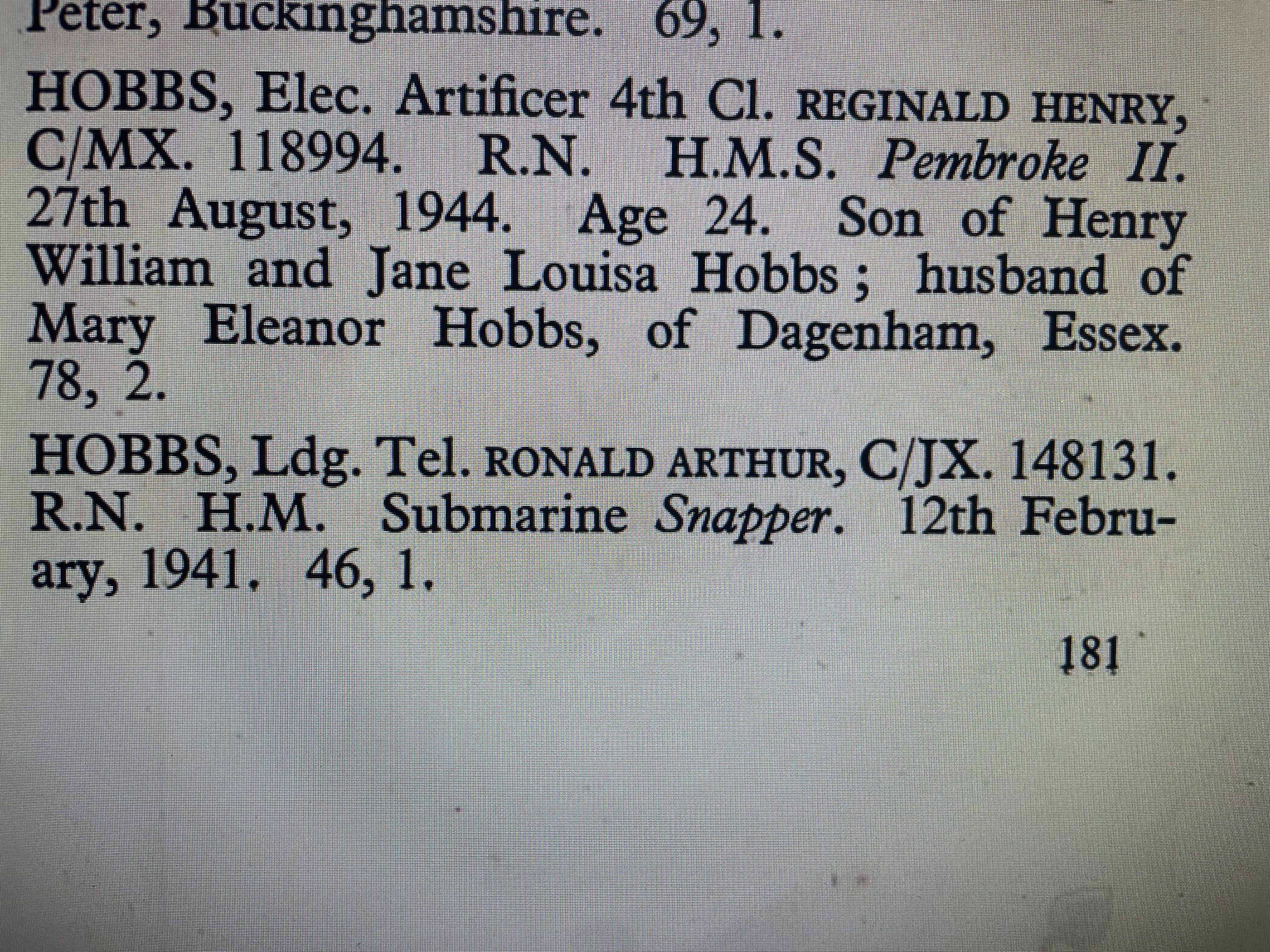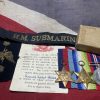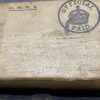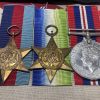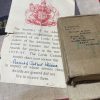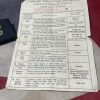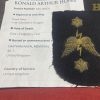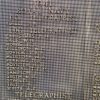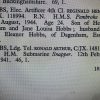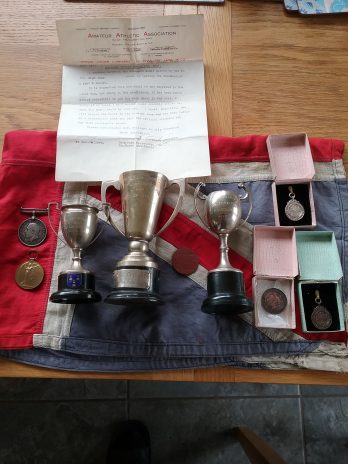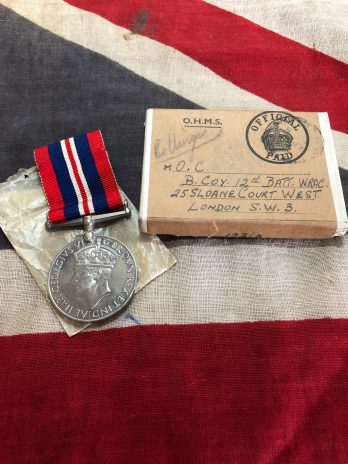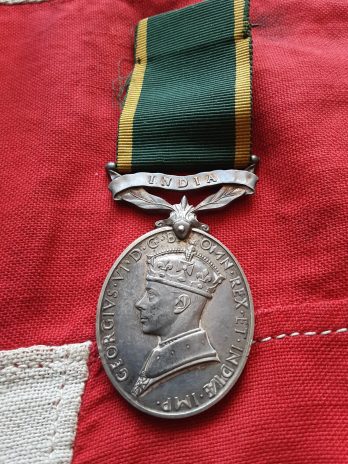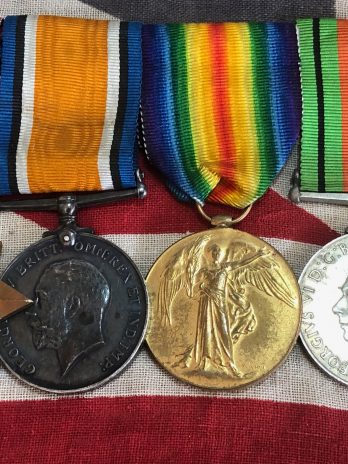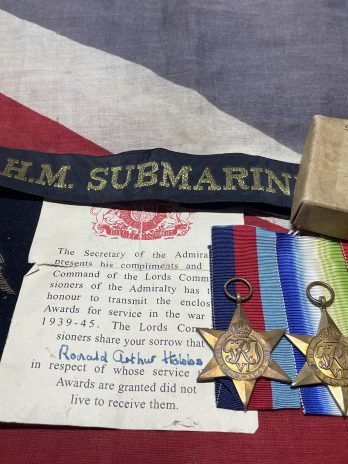WWII Submarine casualty. Hobbs. HMS Snapper. From Uckfield, Sussex. Died 1941.
£165.00
Availability: 1 in stock
WWII submarine Casualty grouping to CJX/148131 Leading Telegraphist Ronald Arthur Hobbs, HM Submarine Snapper, Royal Navy.
Date of death, 12th of February 1941 when HMS Snapper was sunk with all hands.
Born to Arthur and Florence Hobbs in 1920, Ronald was living with his grandparents and family at Pond House, Piltdown, Fletching, Sussex, England.
Ronald is remembered on the Chatham Memorial.
HMS Snapper
Snapper was a proud example of the modern and technologically advanced S-Class submarines of the submarine force in the early 1930s.
Constructed at Chatham Dockyard in the early 1930s, the second-batch S-class submarine was launched from the Dockyard on 25 October 1934 by Lady Tweedie, wife of Vice Admiral Sir Hugh J. Tweedie.
Snapper was commissioned on 14 June 1935 and only served the Royal Navy for six years, as she was lost on 12 February 1941.
The Snapper had a length of 193 feet, a beam of 24 feet and a displacement of 670 tons. During her short career, the submarine spent her first years stationed in the Mediterranean up until the outbreak of the Second World War.
In 1939, Snapper played an accidental but crucial role in solving the mystery of why German submarines (U-boats) remained unharmed after regular attacks by British aircrafts. On 3 December 1939, a Coastal Command aircraft mistakenly assumed HMS Snapper to be a U-boat and bombed her. A 100lb bomb directly hit the conning tower of the British submarine. However, Snapper survived and made port, and the damage turned out to be very minor. This ‘friendly’ fire revealed that 100lb bombs were ineffective against submarines. This incident encouraged research to be done on more effective weapons against U-boats.
HMS Snapper enjoyed much action in April 1940. On 12 April she attacked and sunk the German tanker Moonsund. Two days later on 14 April, Snapper managed to sink another ship, namely the German merchant ship Florida. The next day, she torpedoed and sank two more German minesweepers, M1701 and M1702. After enjoying some more action in the following months, Snapper was sent for a refit in October 1940 at the Swan Hunter Shipyard at Wallsend on Tyne. The refit was completed on 10 January 1941 but sadly the career of HMS Snapper would shortly come to an end.
Under the commandment of Lt. Geoffrey Vernon Prowse, HMS Snapper left in late January 1941 for an assignment to patrol the Bay of Biscay. Here, the submarine was ordered to remain until 10 February, on which she was supposed to return home.
The Snapper would be accompanied by an escort for the return journey but failed to show up for the rendezvous with HMS La Capricieuse on 12 February. Neither the submarine or her crew were ever to be heard of or seen again.
There are several theories concerning the loss of the HMS Snapper – possibly, she could have fallen victim to a German minefield. Another explanation is that the submarine was attacked and sunken by German warships in the area.
Included with the lot is the 1939/45 Star, Atlantic Star and War Medal all with original silk ribbons. The Royal Navy transmittal box is present although the address has long since worn off with the named Admiralty slip confirming the award of 3 medals. There is a Royal Navy cap tally, HM Submarines (although probably not period), a leading telegraphists qualification arm patch
Related products
-
WWI
Family group Collard, WW1 RAMC and Son, 16th PARAS
£180.00Original price was: £180.00.£165.00Current price is: £165.00. Add to basket -
WWII
East India Railway. India clasp, Efficient Service Medal. Doyle.
£160.00Original price was: £160.00.£145.00Current price is: £145.00. Add to basket


